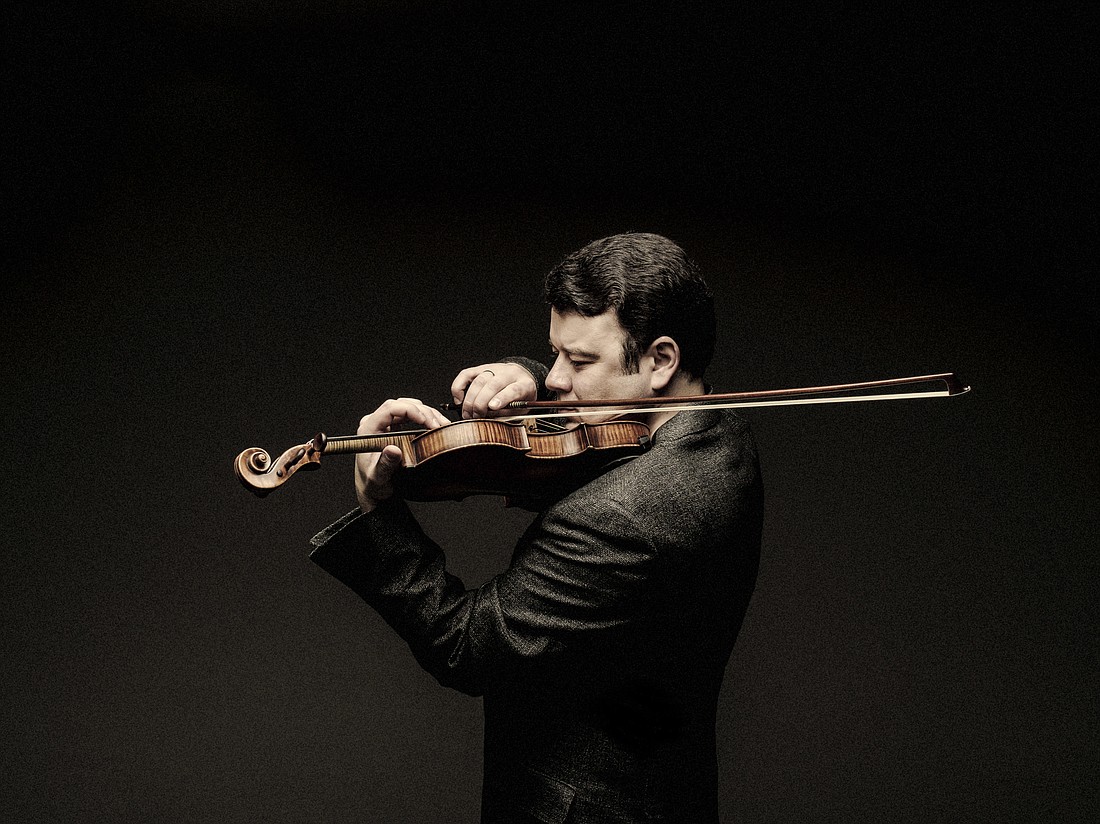- November 23, 2024
-
-
Loading

Loading

“Some pieces are so popular that nobody plays them anymore.” At least that’s what Yogi Berra might have said about two of the works in the Sarasota Orchestra's Masterworks 2 concert this weekend.
The two works in question are Copland’s “Appalachian Spring” and Dvorak’s Symphony No. 9, "From the New World.”
By the time he wrote “Appalachian Spring” in 1944, Copland had firmly arrived at his American sound — that hollow prairie sound of intervals of fourths and fifths, lots of changing rhythmic meter and the use of folk or folk-like ballads, that today identify his music instantly. Composed originally as a “Ballet for Martha (Graham),” “Appalachian Spring” has all of these features, and I was interested to hear how Anu Tali, with her European background and training, would treat this American icon.
No surprise here, for her sense of musical organization and emphasis on clean and clear playing and phrasing came through as always, and this performance of Copland’s “Appalachian Spring” was a fine one, once again showcasing the virtuosity and musicality of the Sarasota Orchestra. OK, so the hoedown section of the piece might have been a bit square, but I originally come from West Texas, where the fiddle playing was anything but.
Dvorak’s masterful “New World Symphony" presented the talents and abilities of Tali and the orchestra musicians at their best. Several years ago, the Sarasota Orchestra presented and in-depth program on the “New World Symphony," illustrating the many sources and actual songs Dvorak used as inspiration and basis for his symphony. But today, we were presented with the complete and finished product, sculpted and polished to a beautiful sheen by Tali and her orchestra.
Every section in the orchestra burst forth in all its glory to give this repertoire standard a wonderful performance. I was particularly impressed by the way Tali had obviously studied and worked with the organization of the piece, which gives a conductor special insight into the structure of the piece and brings forth an interpretation that is both logical and musical. Then, every familiar melody and passage fits into place, and the audience feels the music as the composer wished. Case in point was the beautiful second movement with the English horn solo, beautifully played by Michael Austin. Tali’s special gift for sculpting musical form and phrase was evidenced here by the transitions between sections and the absolutely glorious playing of the muted strings.
Every section of the orchestra was showcased in some way throughout the concert, and every soloist in the wind and brass section was spot on in all of their highlighted passages.
Sandwiched in between these two favorites was Vadim Gluzman's fantastic performance of the lesser known First Violin Concerto of Prokoviev. Defying the usual fast-slow-fast format of most violin concerti, this one reverses it by having the slower movements as bookends of the concerto. Gluzman showed a beautiful sound and excellent phrasing throughout and is a no-nonsense performer — excellent playing from start to finish. The two slower movements were lyrical, sometimes with Prokoviev’s angular melodies over romantic, almost impressionistic sounds from the orchestra, and the overall feeling in much of the Scherzo second movement had echoes of the final movement of Prokofiev’s Classical Symphony, which was written about the same time.
Gluzman rewarded his enthusiastic audience with a dazzling performance from Ysaye’s Sonata No. 2 for solo violin, with bits of the “Dies Irae” theme in the coda section.
And Anu Tali, who always leave us with a little orchestral bonbon, took the audience for a walk with Gershwin’s “Promenade,” also known as “Walking the Dog,” a charming, light ending to an afternoon of very special music making.